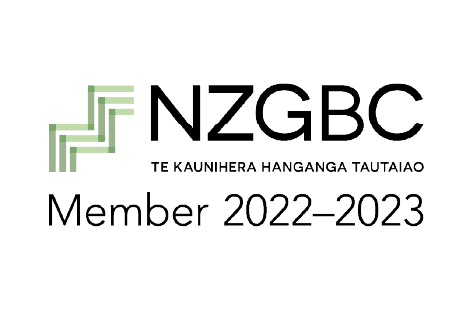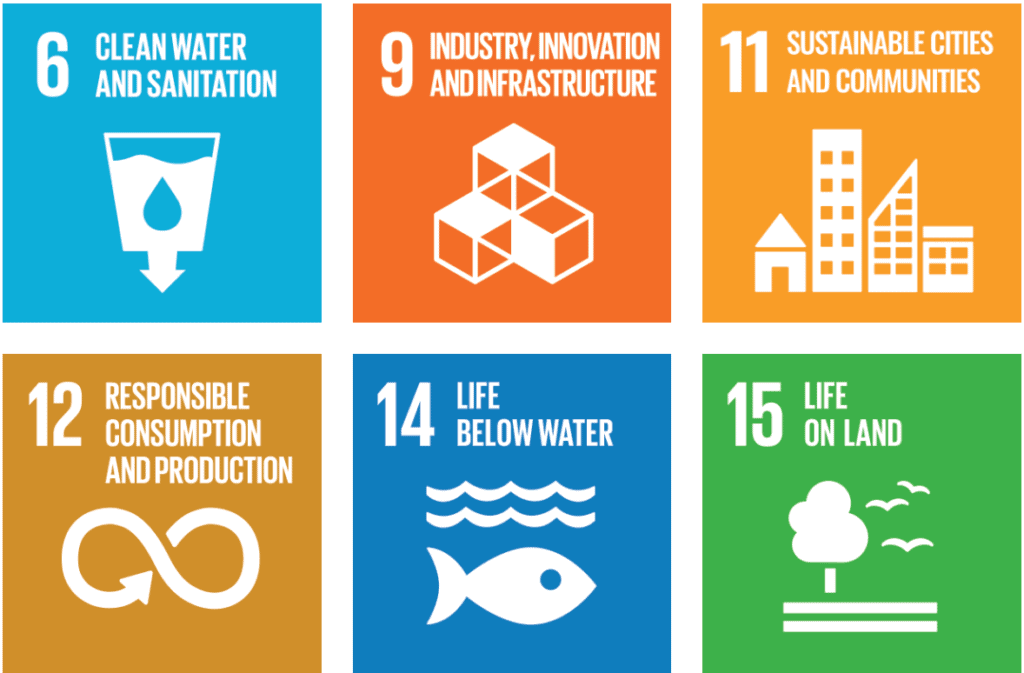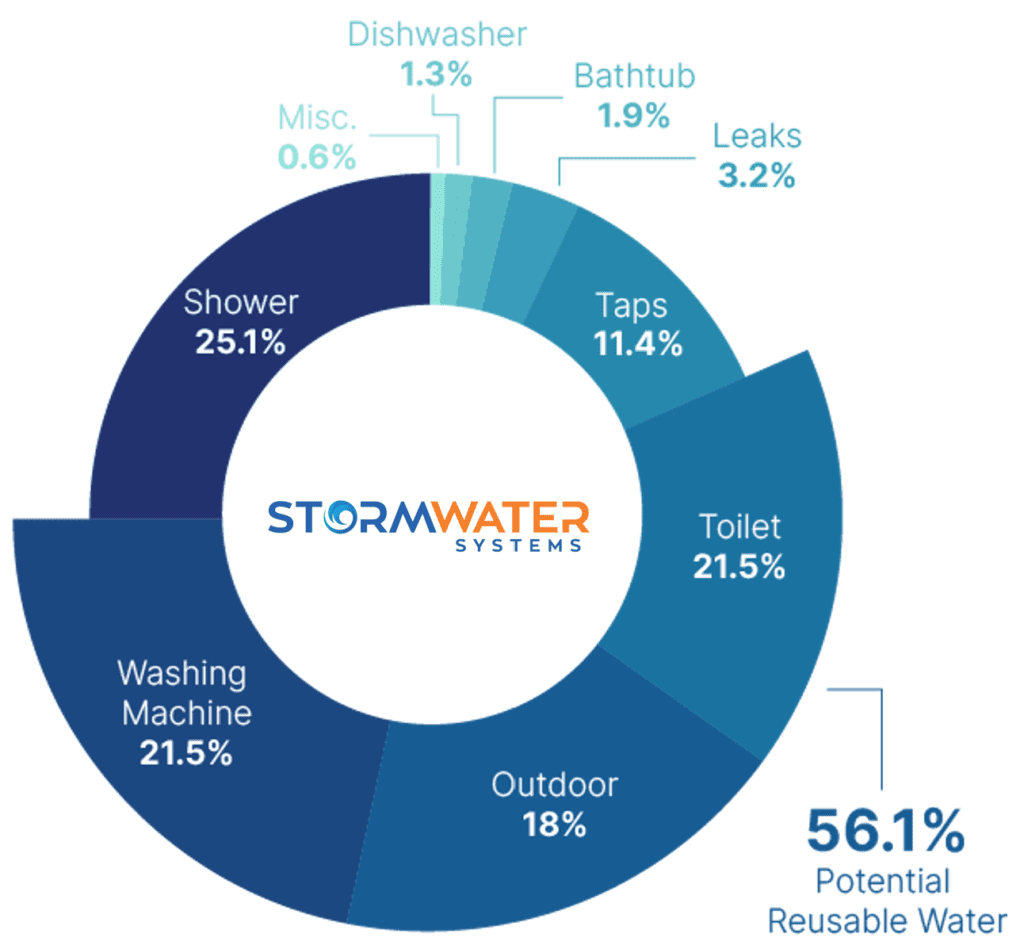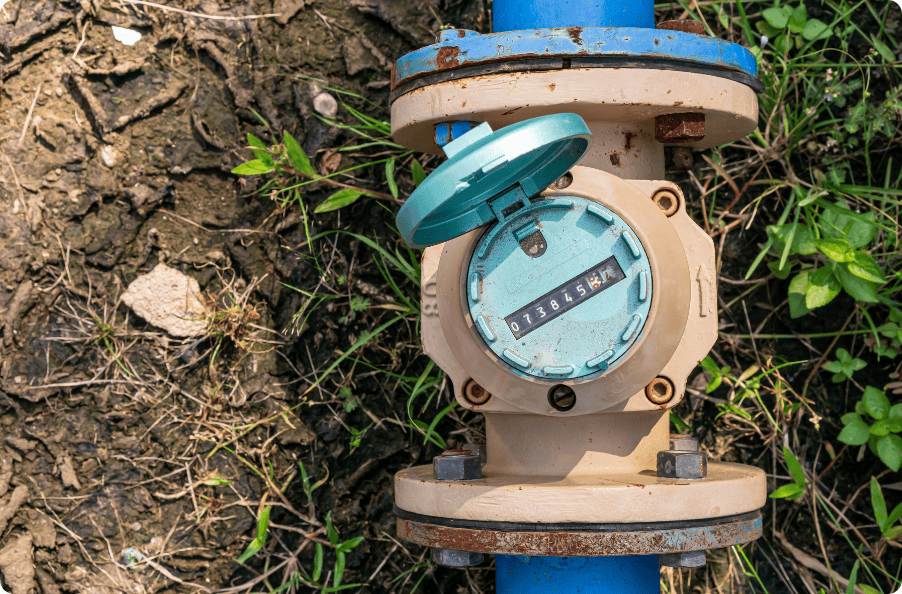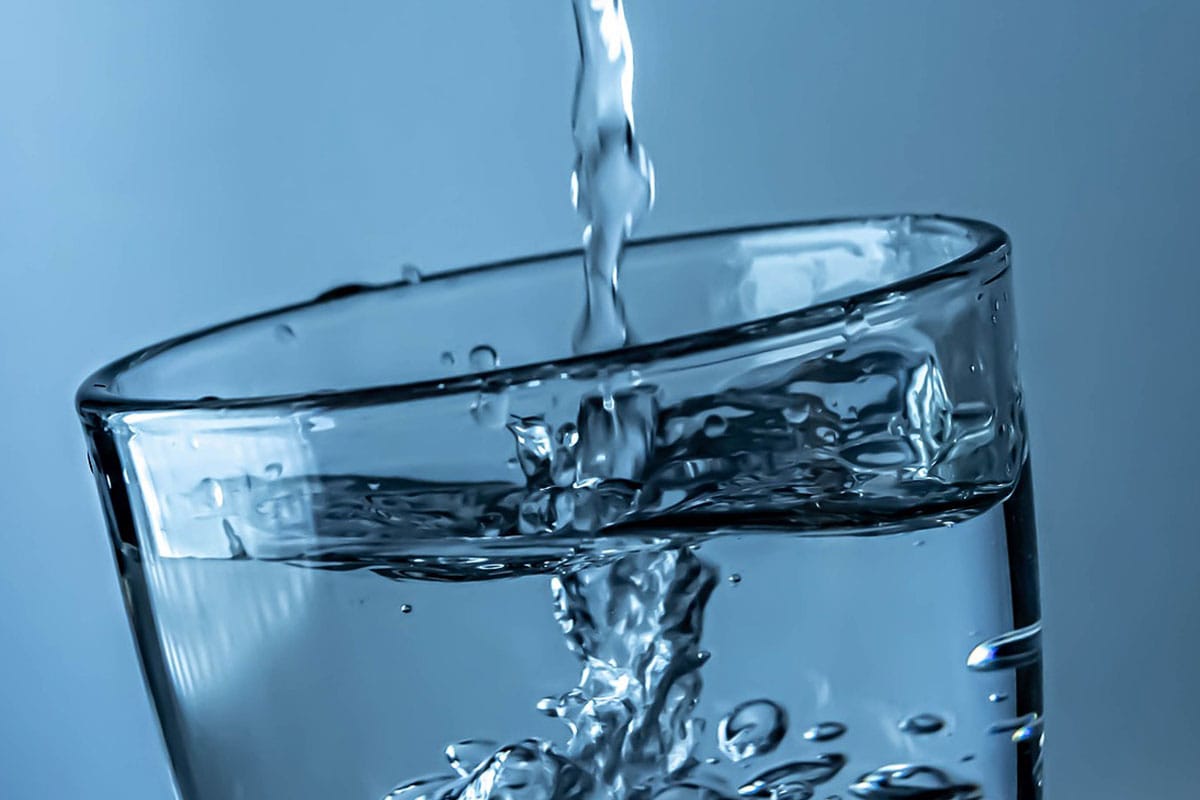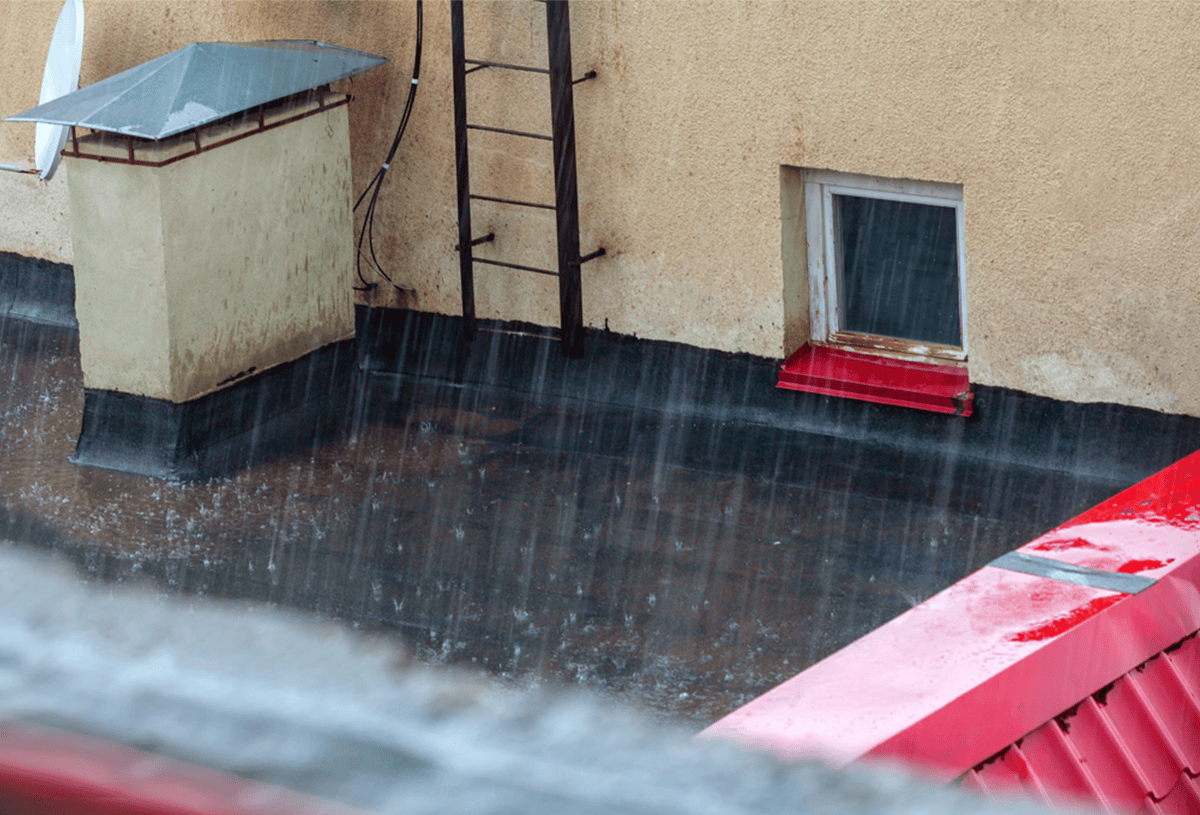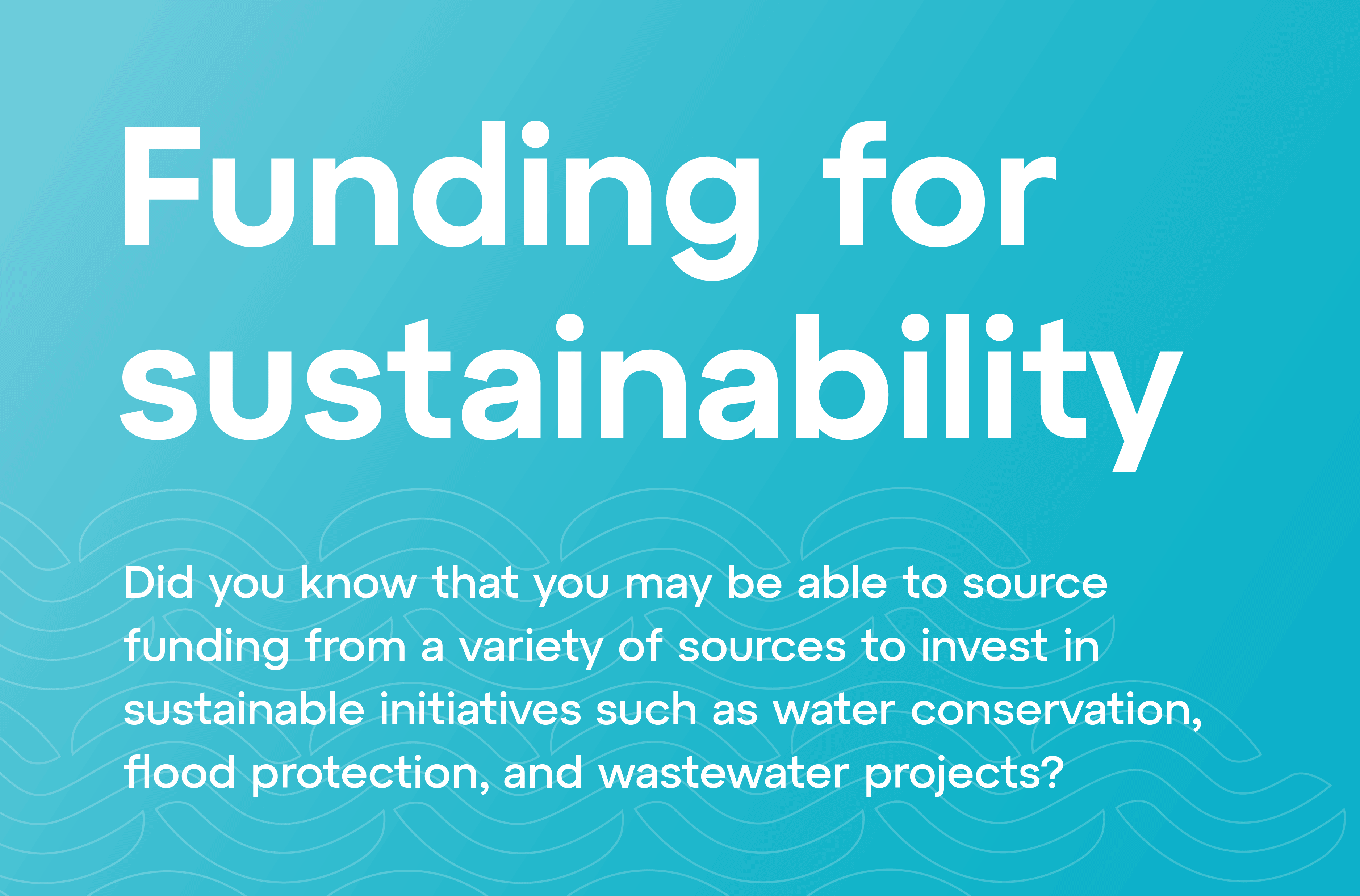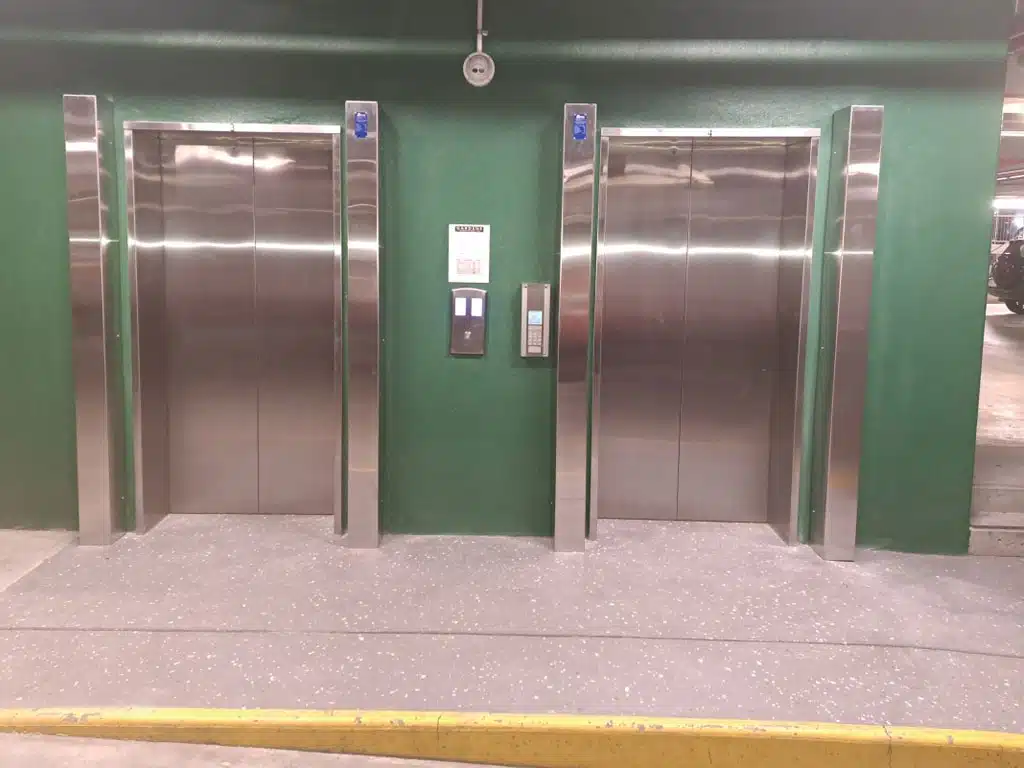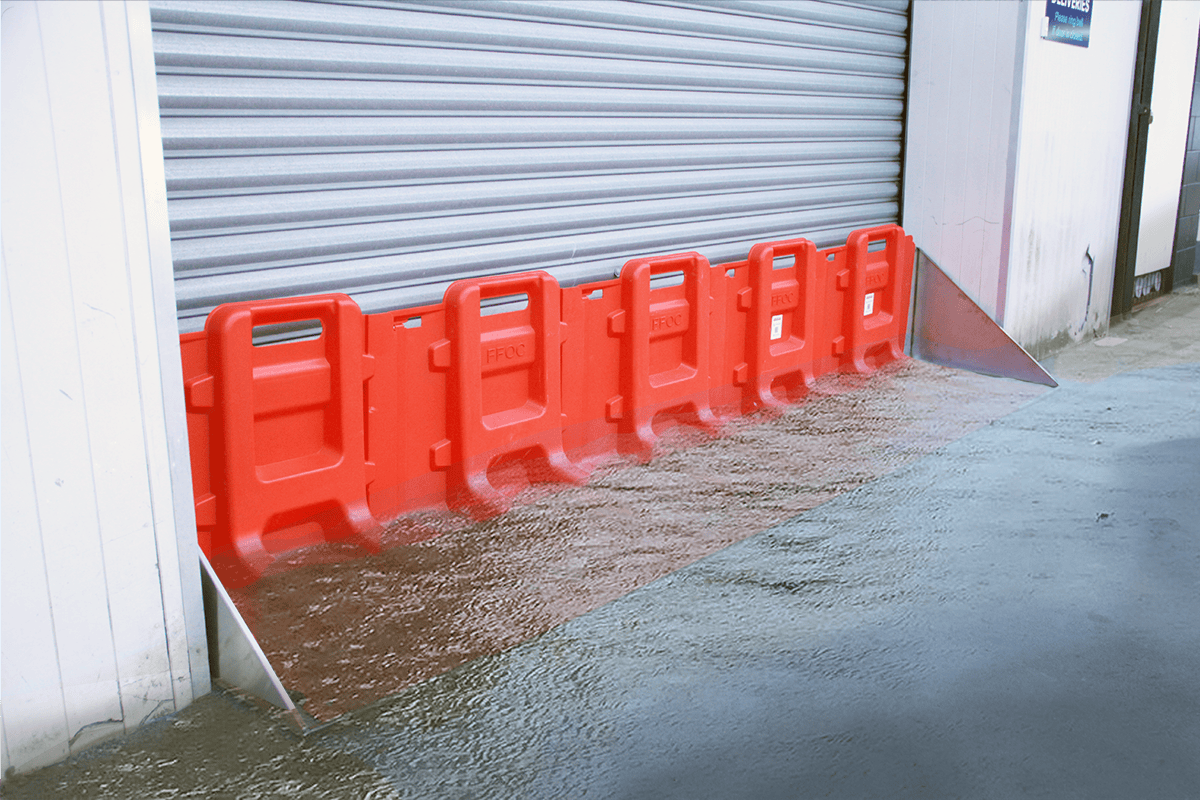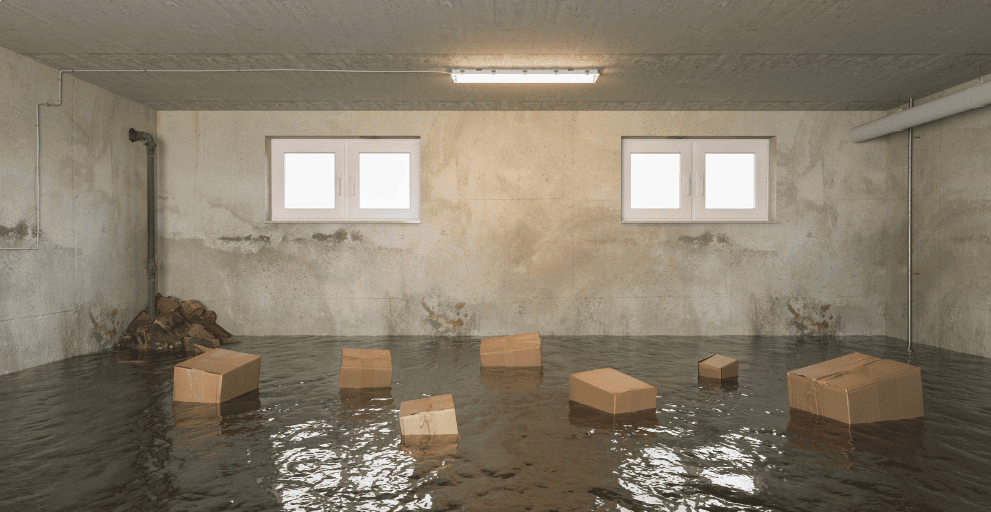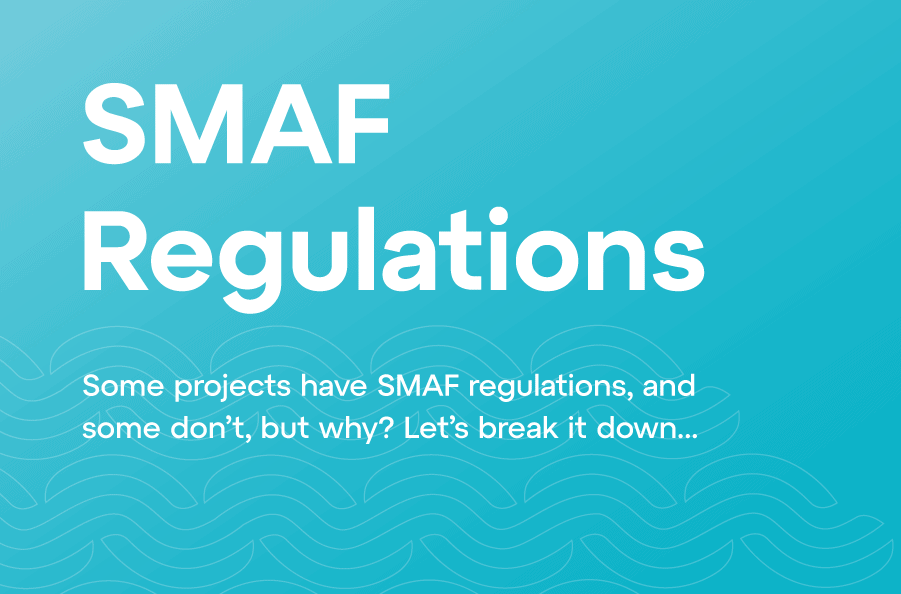The New Zealand Green Building Council is Aotearoa’s leading sustainable building not-for-profit organisation. They represent hundreds of companies and organisations who believe we can transform our built environment; from large government departments, banks, energy companies, and insurers, to property and construction companies, architects, developers, designers, and tertiary education providers. All with the vision for “all homes and buildings in Aotearoa green and sustainable, making healthier, happier New Zealanders”.
This directly aligns with Stormwater System’s and WaterSmart’s ethos and future development as an organisation. Inherently as we develop our range of products and services, we aim to help influence positive change in construction, revolutionising the industry with our innovative solutions.
We aim to use the large variety of information and knowledge NZGBC possesses to help drive sustainability initiatives both internally and externally.
What is a green building/home?
A green building is designed, built, and operated in ways that reduce or remove any negative impact on the environment and the people using it.
Green building is a global movement that arose from the realisation that common industry practice often wasn’t delivering buildings that were as healthy and efficient as they should be.
Green buildings make more efficient use of resources such as energy and water and provide healthier environments for people to live and work in. Green building practices can also reduce construction and operation costs.
Decreasing your building’s environmental impact by attenuating stormwater on-site, or recycling rainwater throughout your home to increase resilience, all help alleviate stress on our natural resources. Creating eco-friendly, sustainable green homes.
Intelligent water systems, stormwater management, and rainwater harvesting align perfectly with so many UN Sustainable Development Goals (SDGs), such as:
Homestar
Homestar is NZGBC’s independent rating tool for assessing the health, efficiency, and sustainability of homes across Aotearoa. Ranging from Homestar rating 6 – 10, it recognises a home that has been built above the current standards set for the NZ building code.
The table below show’s how we fit into Homestar version 5:
|
Method |
Approach |
Points |
| 1 | At least 50% of the site and roof area meets the above criteria. | 0.5 points |
| OR | ||
| At least 50% of the site and roof area meets the above criteria, and the first 10mm of any storm event is retained on site. Living roofs, permeable areas, and on-site filtration systems meet this by default. |
1 point | |
| 2 | At least 90% of the site and roof area meets the above criteria. |
1 point |
| OR | ||
| At least 90% of the site and roof area meets the above criteria, and the first 10mm of any storm event is retained on site. Living roofs, permeable areas, and on-site infiltration systems meet this by default. |
1.5 points | |
To meet the criteria, Stormwater Systems can facilitate the whole process; from issuing a stormwater report, providing a site-specific design of a detention/retention system, as well as the installation and commissioning of the system.
There are also up to 2 points available for rainwater harvesting, which is new for version 5.
Our tanks combined with our custom range of pump systems allow captured rainwater to be recycled through the home for non-potable uses (toilets, laundry & outdoor taps). This roughly accounts for ~55% of a household’s water usage.
As previously mentioned we can facilitate the manufacturing, design, supply, and installation of a rainwater harvesting solution.
Rainwater Harvesting
Points are based on the percentage of total water demand from toilet flushing, dishwashing, laundry, and outdoor use that can likely be met through harvesting rainwater in any two-week period of the year. For apartments, this includes common area water use. See the table below for full details.
|
Percentage Offset |
Points: Apartments |
Points: Other Dwellings |
|
5% |
0.5 |
– |
|
10% |
1 |
– |
|
15% |
1.5 |
– |
|
20% |
2 |
0.5 |
|
40% |
2 |
1 |
|
60% |
2 |
1.5 |
|
80% or more |
2 |
2 |
This combined with the points available for decreasing indoor water consumption all add to a significant chunk of the 60 – 69.9 or 70 – 79.9 points required for Homestar 6 or 7.
Table: Estimated Daily Indoor Water Consumption
|
Litres Per Person Per Day |
Points |
|
≤ 165 |
4 |
|
≤ 150 |
5 |
|
≤ 135 |
6 |
|
≤ 120 |
7 |
|
≤ 105 |
8 |
|
≤ 90 |
9 |
|
≤ 75 |
10 |
Additionally, we see opportunity to use any of our solutions such as Aquacomb, FenceTank, or Hydraloop to gain points (from the 10 available!) in the innovation category.
Table: IN1: Innovations
|
Points Available |
10 |
||
|
Mandatory Minimums |
None |
||
|
Aim |
To recognise and encourage the uptake of building initiatives that significantly reduce the environmental impact of the dwelling |
||
|
Project Wide |
2 |
Calculator |
No |
The second method under Innovation is described as: “A design feature, technology or strategy that results in a quantified environmental benefit which significantly exceeds an existing Homestar benchmark or which is currently not included in the Homestar tool”.
We think a rainwater harvesting system utilizing a fence made of FenceTanks, Aquacomb hidden from sight, or a Hydraloop in your laundry room both exceed and are currently not included!
Have questions? We’re happy to help, contact our friendly team today!

